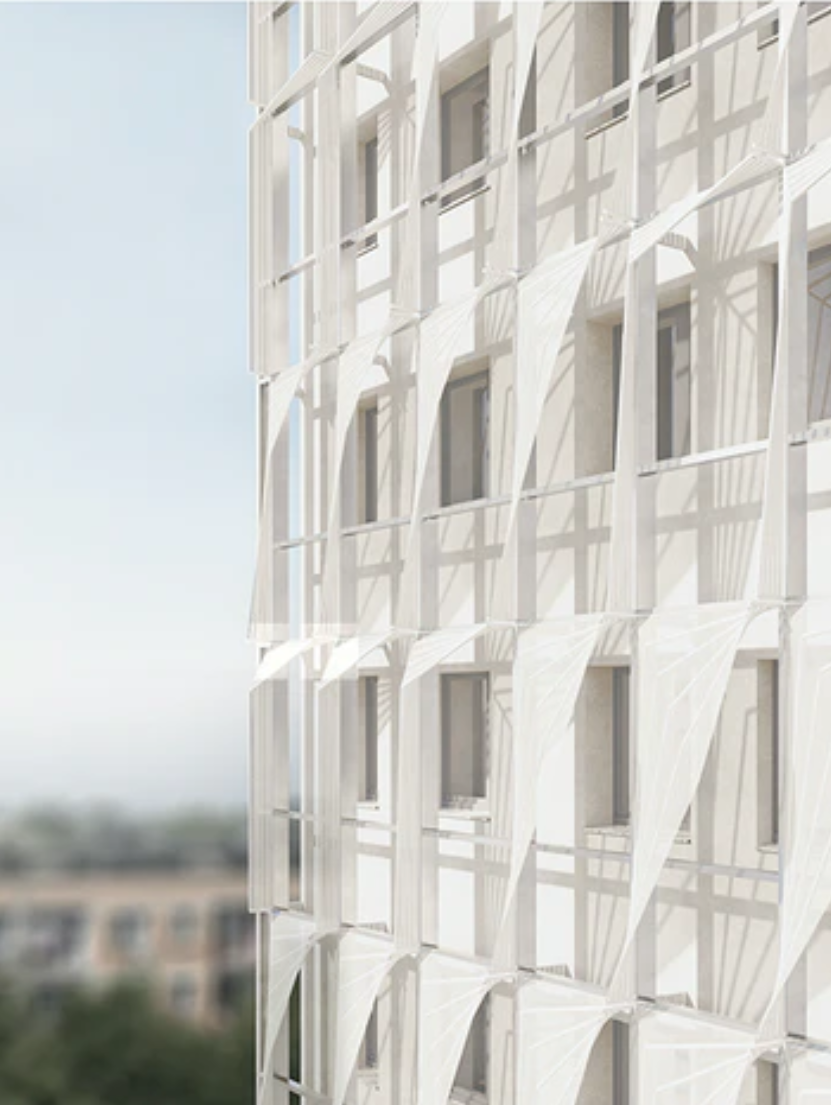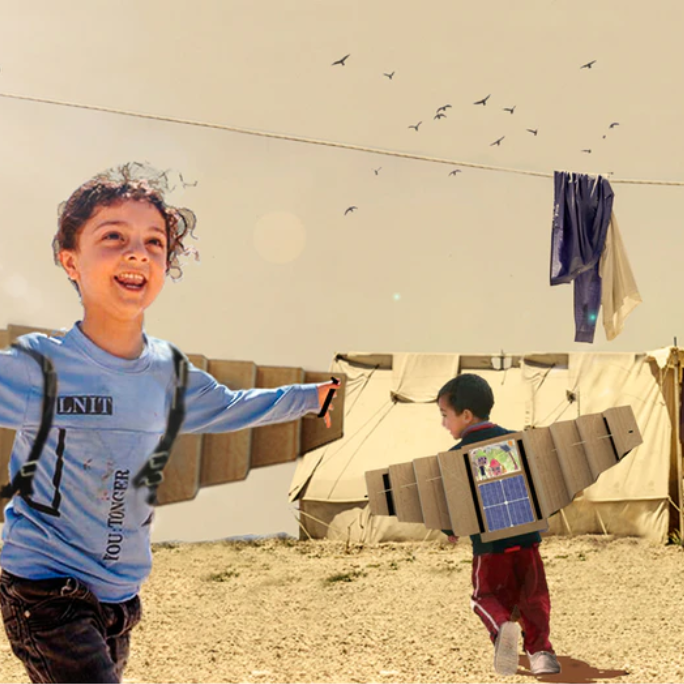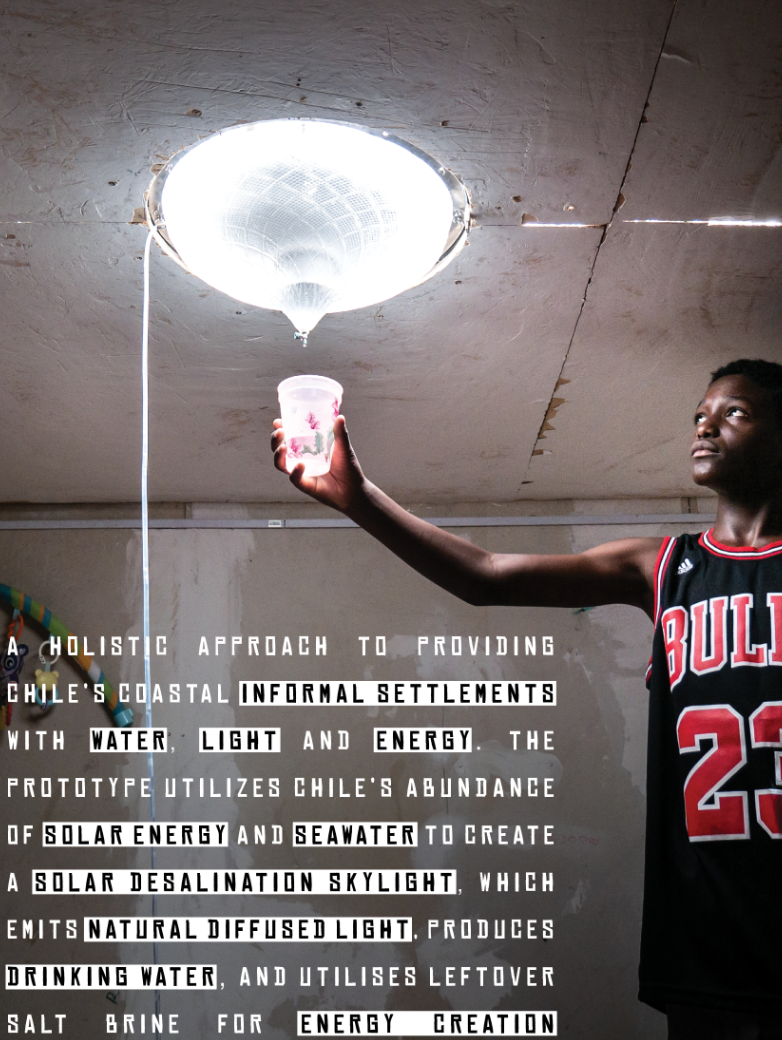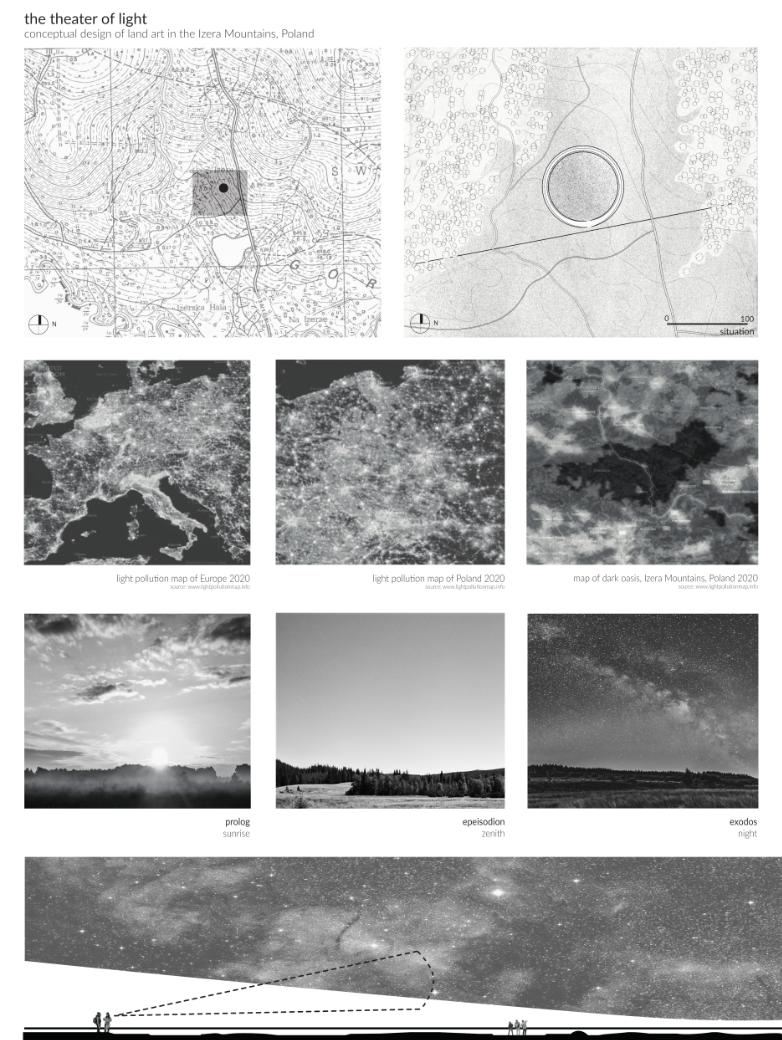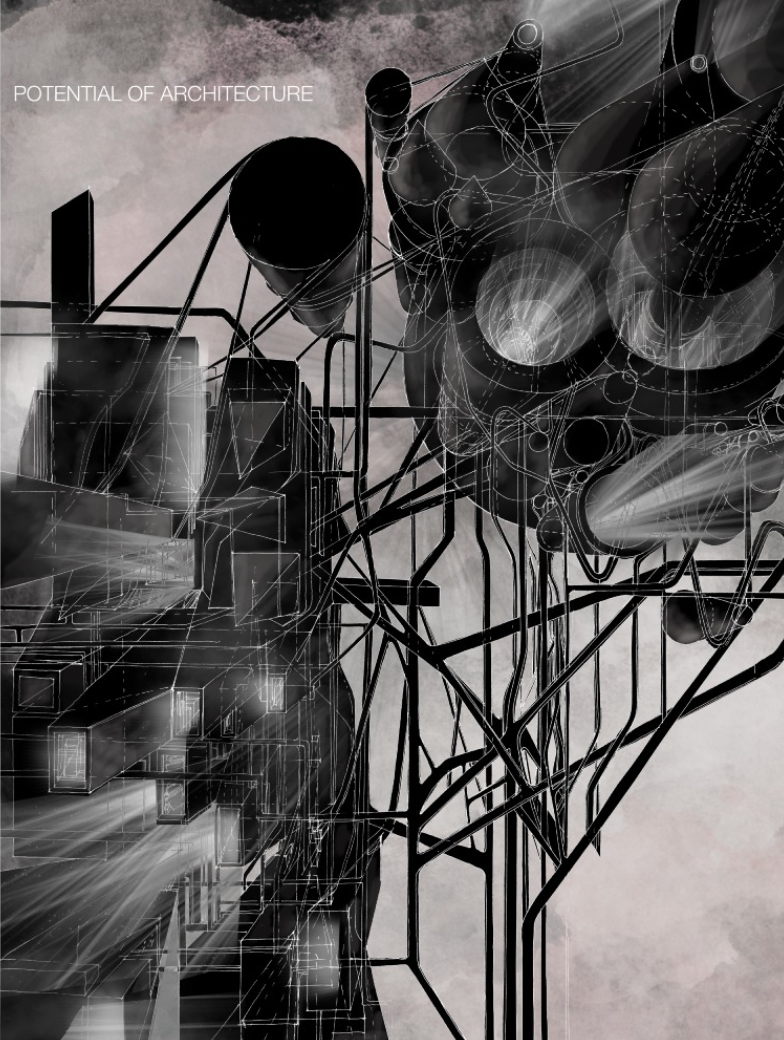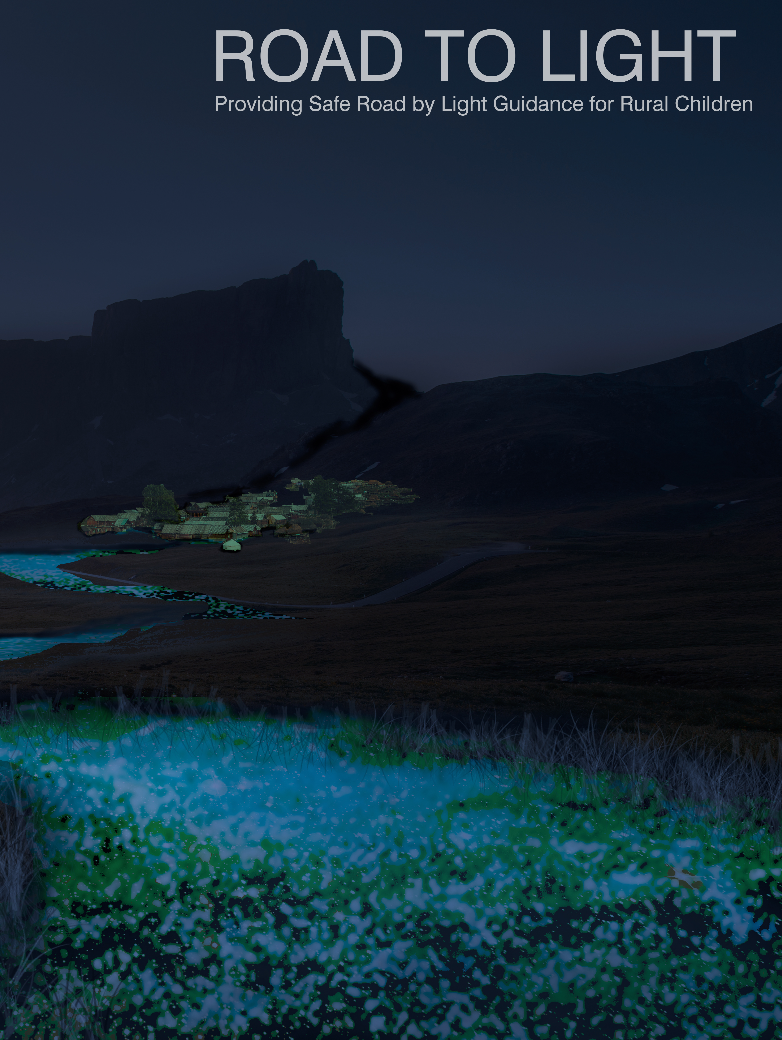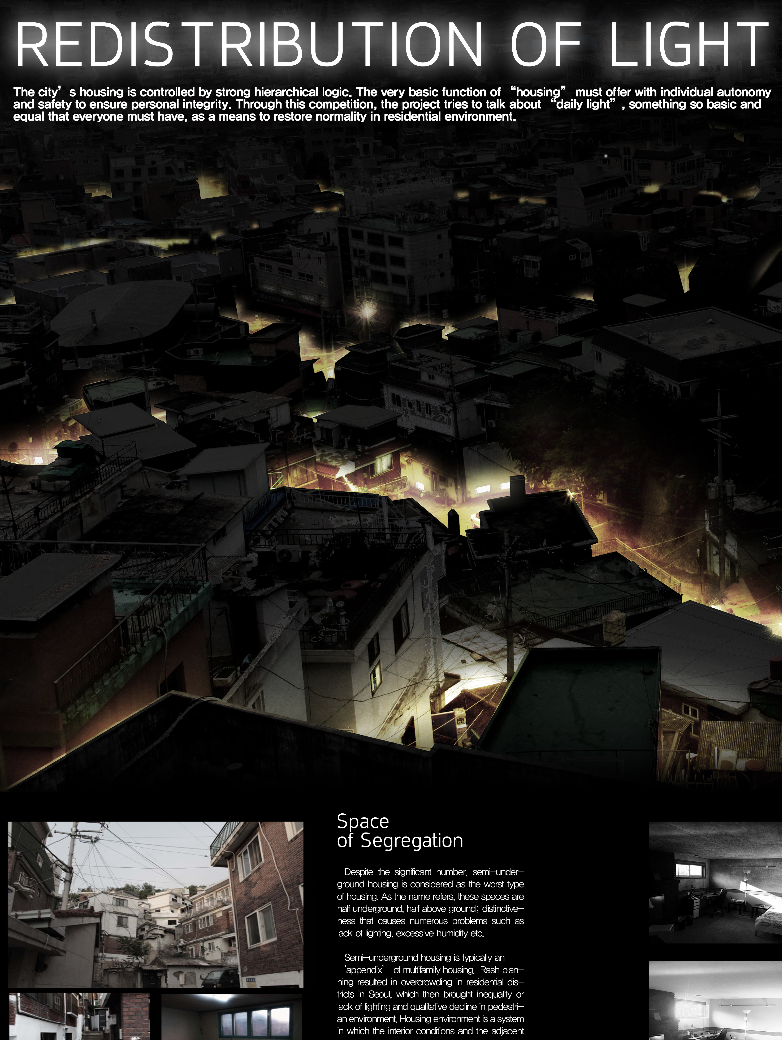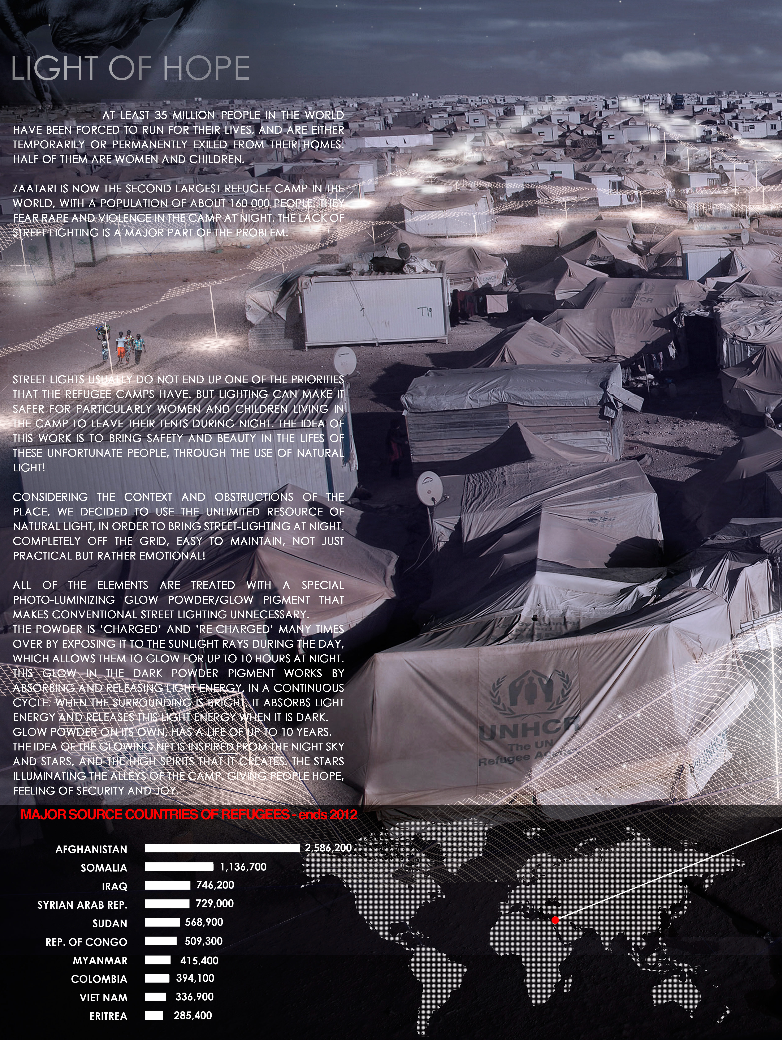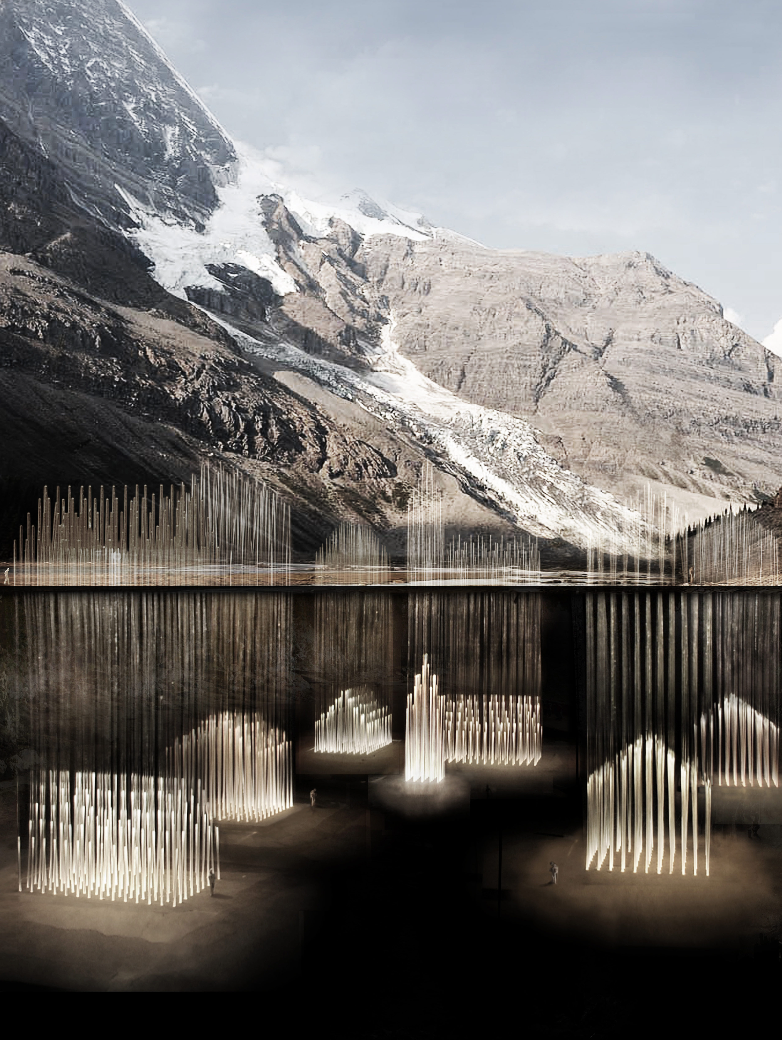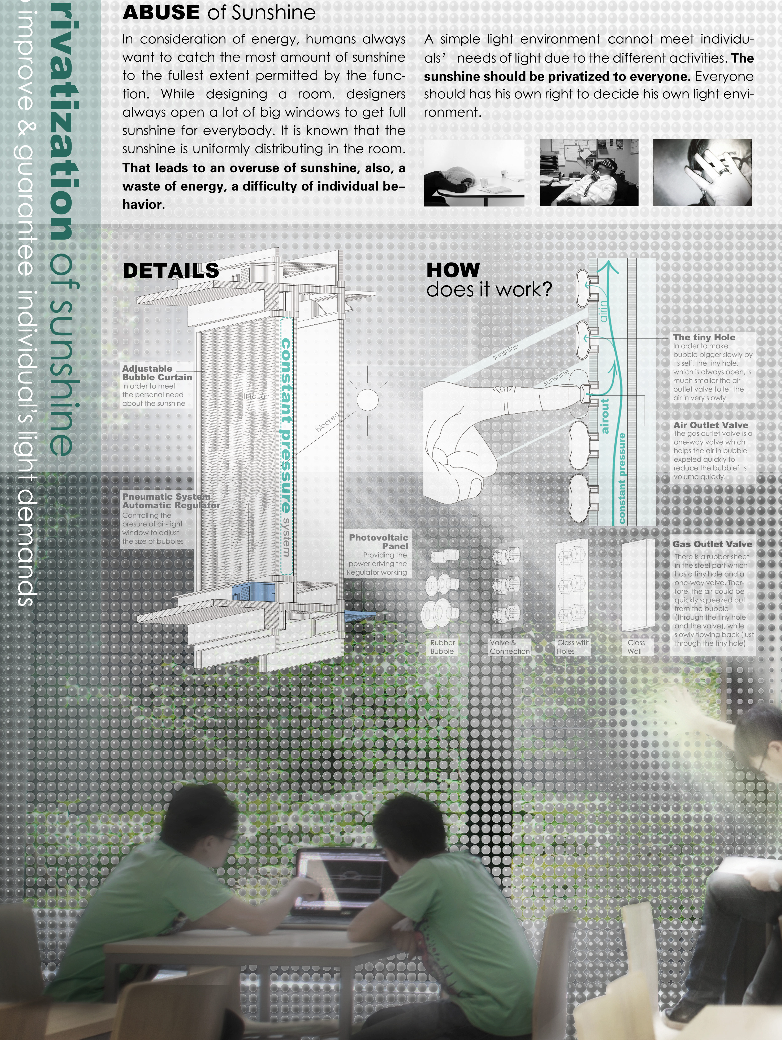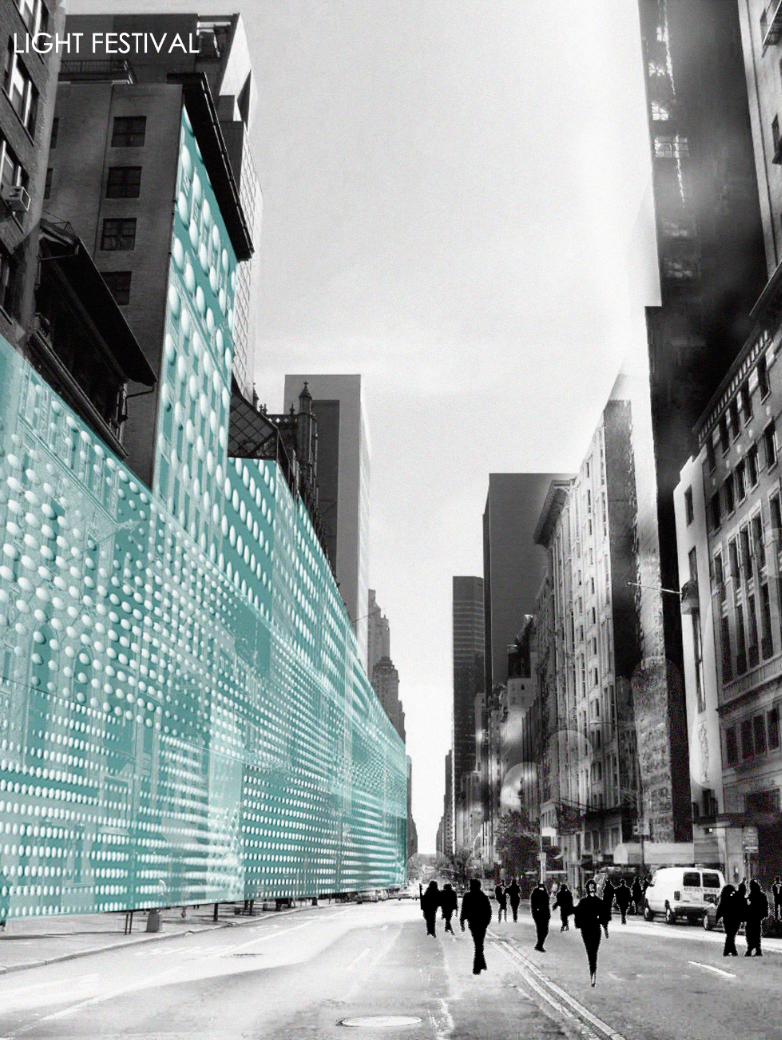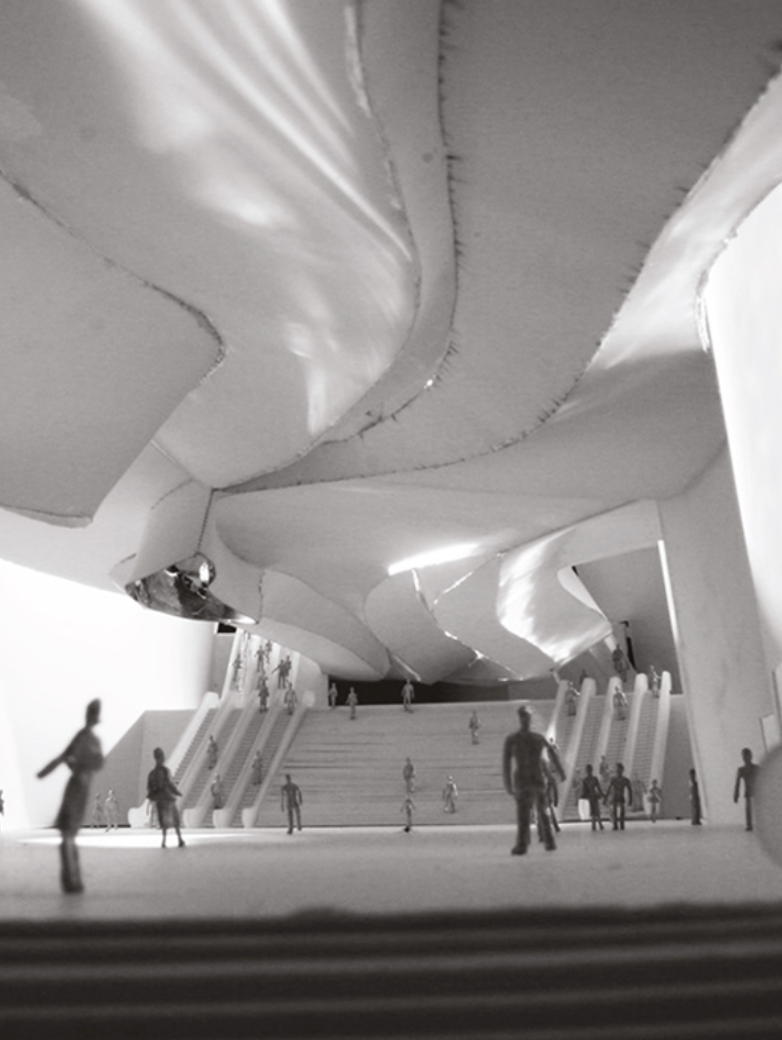2024 - GER 2.0 - BRIGHTENING GER DISTRICTS FOR A GREENER TOMORROW

Category
Daylight in Buildings - Region 2: Eastern Europe and The Middle East
Students
Naranzul Tsetsgee
Teacher
Enkhjin Gombo-Ochir
School
Pécsi Tudományegyetem
Country
Hungary
Download
Download project board
The population of Ulaanbaatar, Mongolia’s capital city, is just over 1.6 million and it contains almost half of the country’s total population. The city has experienced rapid urbanization since 2000, driven by several factors such as better healthcare, education, and employment opportunities compared to rural areas. Additionally, natural disasters like dzud, which refers to harsh winter causing livestock loss, prompt migration to the city for stability. However, financial struggles and the scarcity of housing prompt most low-income migrants to settle in Ulaanbaatar’s Ger District. This district, comprising mostly of ger, a traditional Mongolian dwelling, is located on the city’s outskirts and accommodates over 60% of the capital’s population while lacking modern amenities and infrastructure. In Mongolia, the traditional yurt (ger) is integral to nomadic and semi-nomadic lifestyles, yet these communities grapple with significant challenges, such as insufficient electricity and heating in harsh winters, compounded by poor air quality from reliance on coal and wood for heating. However, Mongolia, known as the “Land of the Eternal Blue Sky,” benefits from over 260 sunny days annually, offering substantial potential for solar power generation. Recent advancements in solar technology, particularly in solar fabric, offer promising solutions to these issues. Solar fabric integrates photovoltaic (PV) cells into flexible, durable materials, making it well-suited for capturing solar power and generating electricity within yurts. This innovation facilitates renewable energy production, effectively addressing electricity and heating needs, particularly in the face of severe winters. Moreover, integrating rainwater harvesting into yurts involves designing roofs with integrated gutters and downspouts to effectively capture rainwater, storing it in tanks for later use, ensuring a consistent water supply for daily needs, and supporting greenery. This stored rainwater irrigates plants and trees, enhancing air quality by absorbing pollutants and producing oxygen, contributing to healthier living conditions. Combined with solar fabric integration, these technologies could transform the daily lives of many in Mongolia with the right support and implementation, providing cleaner, more sustainable ways of living in harmony with their traditional practices.
